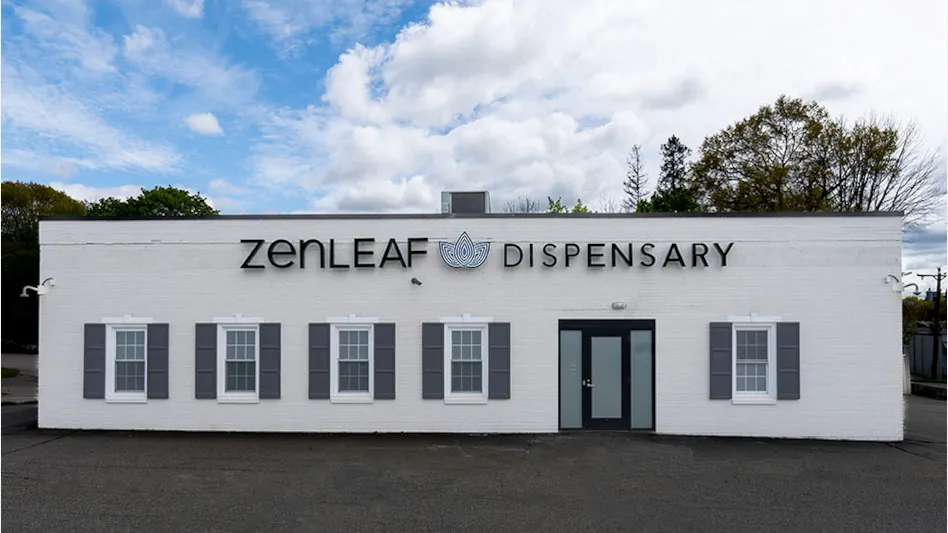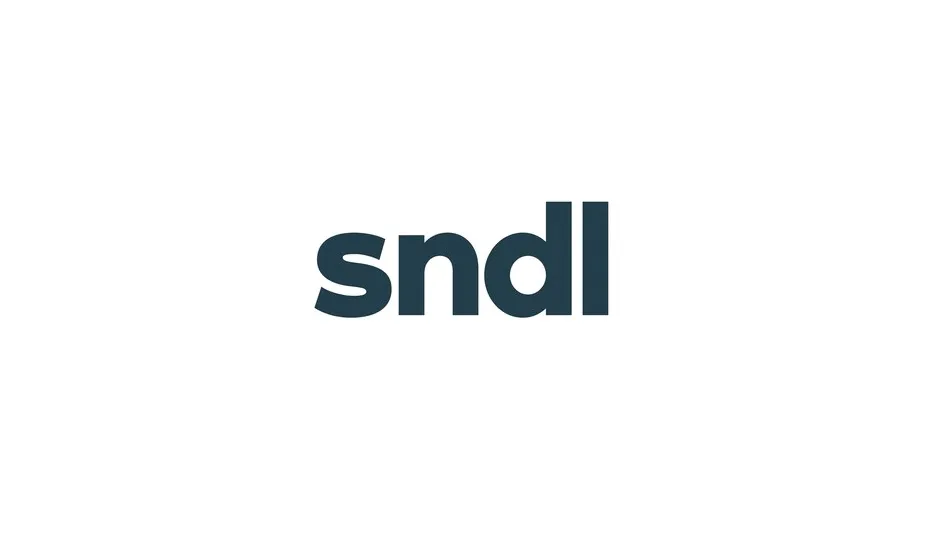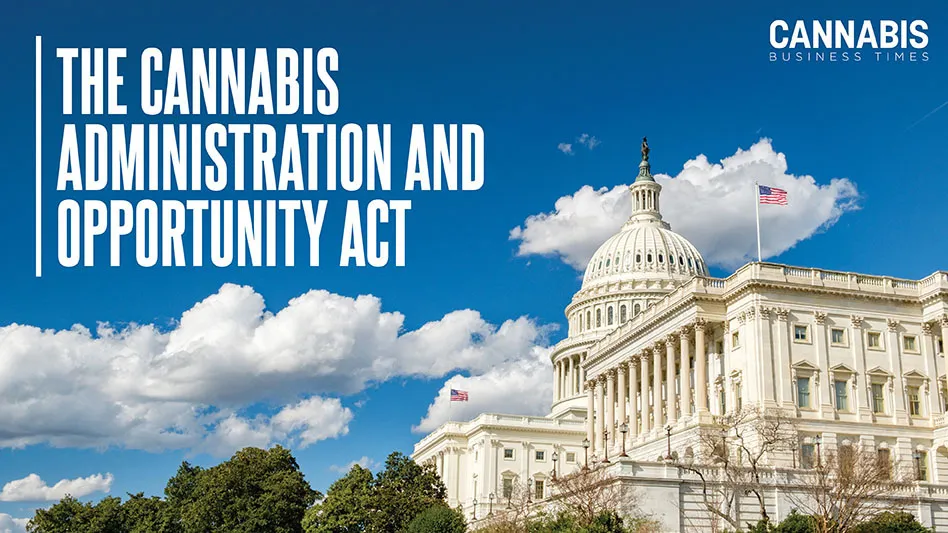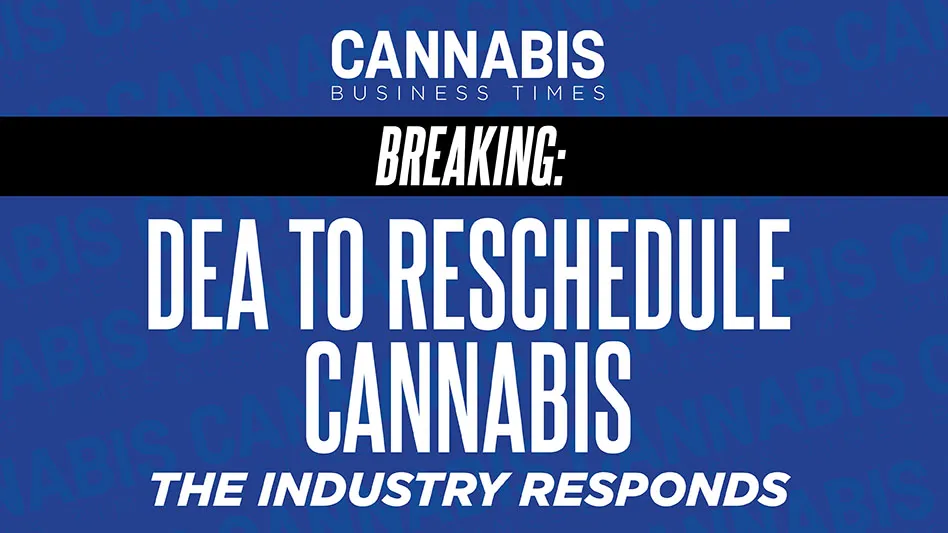
The first article in this series, “Can Cannabis Companies Go Public?” (published in the March/April issue of Cannabis Business Times) explained that most traditional companies go public by filing a Form S-1 registration statement, as required by the Securities Act of 1933 (aka the Securities Act) with the Securities and Exchange Commission (SEC), and going through the initial public offering (IPO) process with the help of an underwriter. In an IPO, a company is able to offer its securities — usually shares of common stock — to the public.
To date, however, no U.S. cannabis company has gone public through the traditional IPO process because of the need for an underwriter. Underwriters are investment bankers that manage the raising of investment capital in securities transactions such as IPOs. They have declined to conduct an IPO for cannabis companies for two reasons: First, underwriters are generally not willing to take the risk of backing a company that is involved with the sale of a federally illegal product; and second, to date, neither Nasdaq nor the New York Stock Exchange (NYSE) has allowed a cannabis company to list on its exchange for the same reason, which significantly limits the volume of shares that would be sold in an IPO.
Without the possibility of an underwritten IPO, the majority of cannabis businesses have gone public by means of a “reverse merger,” which is the acquisition of a public company by a private company. In a typical reverse merger transaction, the (acquirer) private company’s shareholders obtain a controlling interest in the (acquiree) public company in order to assume the private company’s business as the primary line of business for the combined public company.
As part of the reverse merger transaction, the combined public company will file a Current Report on Form 8-K with the SEC, often called a “Jumbo 8-K” or “Super 8-K,” which includes all material disclosure about the reverse merger, the private company and historical financial statements. Along with the Super 8-K, the public company will often change its name to reflect the pivot to the (formerly) private company’s business line.
However, unlike the filing of a Form S-1 (and a related filing, Form 8-A) in an IPO, the filing of a Super 8-K by itself does not allow a company to sell its shares to the public. This is because the information contained in a Super 8-K only achieves the registration of a class of securities (such as common stock), rather than a specific number of individual securities (such as shares drawn from the class of securities designated common stock). In other words, the class of “common stock” is registered only one time with the SEC, but batches of individual shares from that class must be registered for sale with the SEC each time a company seeks to raise funds from the public through the sale of its shares.
So, a company that has just completed a reverse merger using a Super 8-K must register with the SEC the individual shares it wishes to sell from the (previously registered) class of securities in order to raise money from the public. Once declared effective by the SEC, this subsequent registration creates individual shares that can immediately be bought and sold by the general public. Like an IPO, this registration of individual shares is achieved by filing with the SEC a Registration Statement on Form S-1.
Unlike companies that have conducted a successful IPO, however, many companies that have completed a reverse merger do not have sufficient funds to file a Form S-1 when they file their Super 8-K. This lack of funds is tied in to the fact that reverse mergers are usually conducted without the financial support of an underwriter. In other words, if a company has become “public” by way of a reverse merger (using a Super 8-K), the company will subsequently be required to pay (often out of its own pocket) for filing another registration statement (on Form S-1) so it can sell its individual shares in the public market.
‘Public’ vs. Publicly Reporting Companies
Without an effective registration of individual securities (via Form S-1), a company may only issue stock to investors in private placements, despite its registration with the SEC (via the Super 8-K), as if it were still a private company. In most cases, this option limits a company’s ability to raise significant amounts of capital because the SEC’s rules restrict private placements to certain kinds of wealthy investors (called accredited investors).
Many cannabis companies find themselves in this position, and will attempt to solve the problem with what is known as a private placement in public equity (PIPE) shortly after completing a reverse merger. In a PIPE, the publicly reporting company sells restricted shares to a relatively small number of investors, and agrees to use a portion of the proceeds of such sale to finance the filing of a Form S-1 registration statement.
Although shares in a PIPE are usually sold to investors at a discount to their market price (since the shares are not registered and are therefore not as valuable as shares that are freely tradeable in the public market), the funds generated by the PIPE can allow the company to file a Form S-1 (and to register individual shares that are freely tradeable in the public market) without diverting significant operating capital from the company’s balance sheet.
Challenges for Cannabis Companies
Even after conducting a successful reverse merger and subsequent PIPE financing, a cannabis company may still struggle to stoke widespread investor interest that builds an increased share price without the prestigious sanctioning of a national exchange (Nasdaq or NYSE), the support of an underwriter, or interest of another significant financial institution.
In order to raise their profile, public cannabis companies can apply to be quoted on a secondary marketplace, such as the marketplaces operated by the OTC Markets Group, Inc. (such as the Pink Sheets, OTCQB and OTCQX). However, these marketplaces do not provide the exposure of, or even qualify as, a national exchange, such that companies selling securities with the assistance of such marketplaces must also comply with “Blue Sky” laws, which impose requirements such as the registration of the company’s securities in each state where securities were offered and sold to investors.
It is likely that until there is a sweeping change in federal law, such as an amendment or repeal of the Controlled Substances Act of 1970, or until a cannabis-focused company can set a precedent by listing on a national exchange, many publicly reporting companies in the cannabis industry will be forced to remain undercapitalized as compared to non-cannabis “public” companies that have full access to the power of sales of their securities on the United States’ capital markets and national exchanges.

Explore the September 2016 Issue
Check out more from this issue and find you next story to read.
Latest from Cannabis Business Times
- South Dakota Group Submits 29K Signatures for 2024 Adult-Use Cannabis Legalization Measure
- Rescheduling Would Have Saved Verano $80M in 2023 Tax Payments, CEO Says
- Aurora Marks 1st Medical Cannabis Shipment to New Zealand Market
- Where All 100 US Senators Stand on SAFER Banking Act
- Blumenauer Unveils Legislative Blueprint, Additional Administrative Action Needed Following Rescheduling
- Cannabis Rescheduling FAQ: What Now?
- From Custodian to Cultivation Supervisor
- California City in Cannabis Retail Desert Welcomes 1st Dispensary





